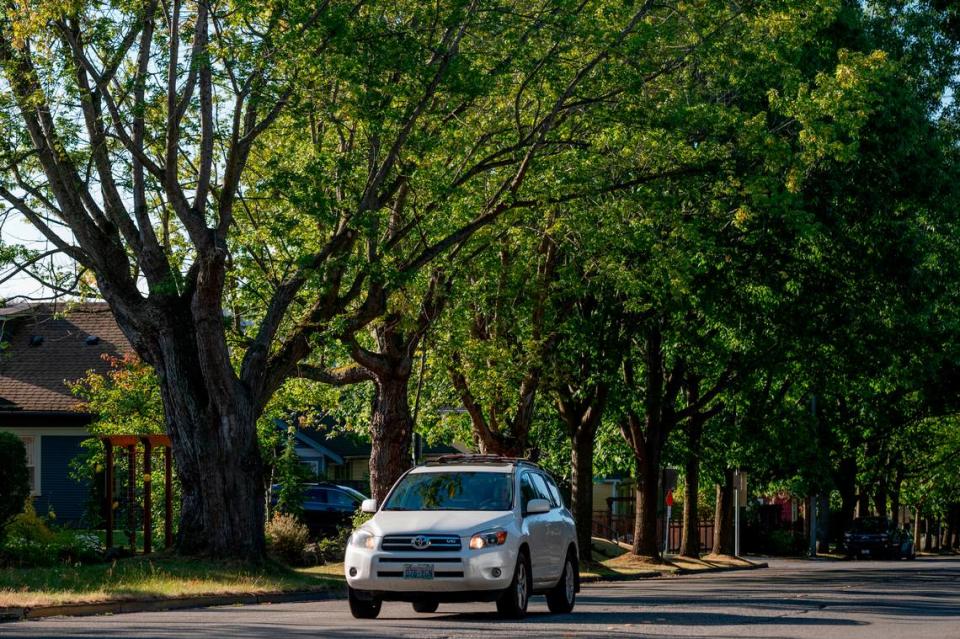Is Bellingham a heat island? Climate change could hurt low-income parts of the city more
Cities are hit hard from climate change through a phenomenon known as urban heat islands.
Urban heat islands refers to how cities create a pocket of higher temperatures than their surrounding areas. This is caused by a number of factors, most common the amount of impermeable surfaces there are in the city. These surfaces, such as concrete, gravel and asphalt, absorb heat and release that heat slowly over time, Nabil Kamel, Western Washington University Chair of Urban and Environmental Planning and Policy told The Bellingham Herald in an interview.
This makes city streets and sidewalks hot during the day, and keeps the city warmer at night while the concrete cools off. This will continue to get worse due to the rise in heat waves.
Other heat factors include the amount of cars, air conditioning, human activity and industry. These factors create a feedback loop keeping the city in a perpetual state of heat during the summer months.
This effect has a greater impact on low-economic and marginalized areas of the city that have less air conditioning and fewer trees — parts of the community that have less of a say in the city decision-making process, health advocates say.
Defenses against this effect include tree canopies, types of buildings, such as big timber, the building layout and areas with a lot of high albedo surfaces, such as glass, which reflect light and heat.

Tree canopy coverage is a good way to keep cities cool as they provide shade, reflect light off their leaves and create microclimates between the ground and the leaves. Concrete under a tree can be 20 degrees Fahrenheit cooler than concrete in direct sunlight, Kamel said.
“Within Bellingham neighborhoods there is a lot of tree canopy inequity,” said Micheal Feerer executive director of the Whatcom Million Trees Project. “Some neighborhoods like Birchwood and other towards the north side of town have a lot less tree canopy than some of the southern neighborhoods.”
Temperatures can vary between 2-10 degrees cooler near trees depending on other factors such as air circulation and vehicle usage in the area. Concrete in low-economic areas without tree coverage can be 20 degrees warmer than the rest of the city.
Overall canopy coverage in Bellingham was at around 40% in 2018, according to Natalie Monro with The city of Bellingham. This is above the national average of around 27-33% coverage.
“Bellingham’s urban forest canopy, measured in 2018, provides an estimated $42 million in carbon storage benefits, and annual benefits of more than $6 million related to carbon sequestration, avoided storm water runoff, and air pollution removal,” Monro said in an email to The Bellingham Herald.
However, the tree canopy of a city is not enough to reduce the overall temperature by itself, Kamel said. There are a number of factors that need to be considered in an urban planning sense, and there is no easy fix.
“It’s a multi-pronged kind of approach that it would take (to reduce an urban heat island) that integrates urban planning, urban design, land use and transportation with landscape,” Kamel said.

